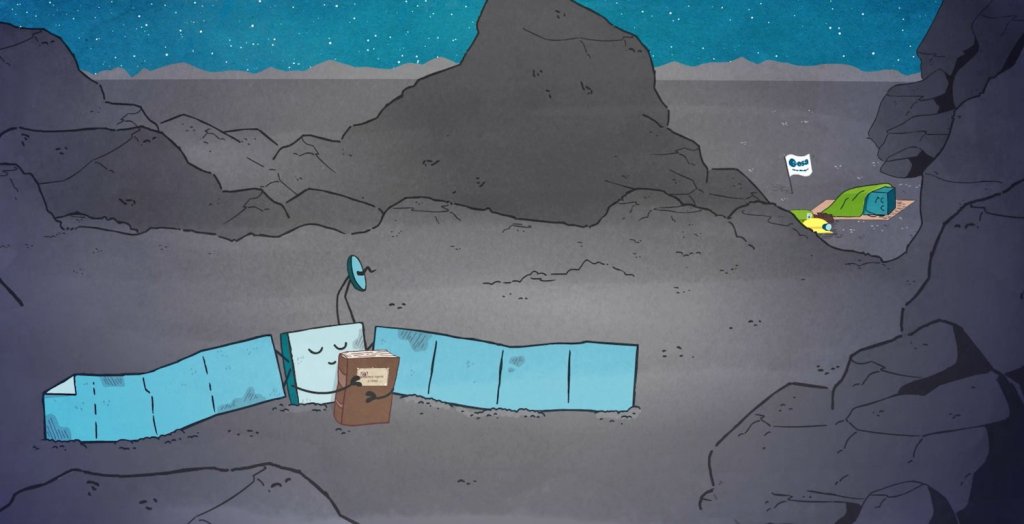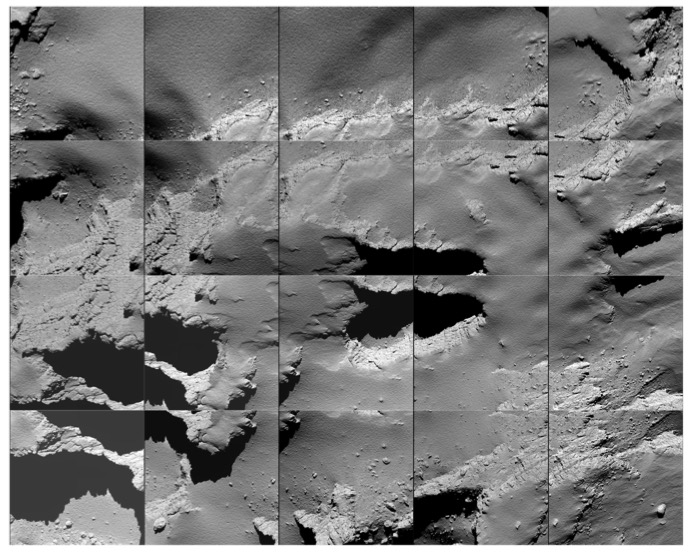
Let’s all take a moment and pour one out metaphorically for Rosetta, the pioneering spacecraft that gave our newly spacefaring race its first comet landing. The orbiter performed its final task early this morning, making a controlled crash into the comet’s surface, destroying itself in the process but gathering valuable data down to the last minute.
Related Articles
Rosetta Gets Close-Up Photos Of Comet P67The Rosetta's Philae Probe Makes History, Successfully Lands On Comet 67PFollow The Rosetta Space Mission To Land On A CometMany missions end with the doom of their own hardware, and Rosetta was planned no differently from dozens of other probes and orbiters. In this case, Rosetta’s final job was to sample gases and dust from the comet’s scanty atmosphere, and snap high-resolution images from just hundreds of feet above its surface. (It had been orbiting some 19km up.)
The final image you can see up top; above is a mosaic of the area where it came to rest. And below, you can hear spacecraft operations manager Sylvain Lodiot announce the formal loss of signal.
“Thanks to a huge international, decades-long endeavour, we have achieved our mission to take a world-class science laboratory to a comet to study its evolution over time, something that no other comet-chasing mission has attempted,” said the ESA’s director of science, Alvaro Giménez, in the blog post summarizing the mission’s conclusion.
“The mission has spanned entire careers, and the data returned will keep generations of scientists busy for decades to come.”
 Got to cut this short, I’m getting emotional. Here’s to the next mission.
Got to cut this short, I’m getting emotional. Here’s to the next mission.
#OnceUponATime#LivingWithAComet#MissionComplete#CometLanding#67P#ThankYou#FF@esasciencehttps://t.co/wRI2zZjFMe
— ESA Rosetta Mission (@ESA_Rosetta) September 30, 2016

No comments:
Post a Comment